How Long Does Mold Remediation Take In Homes And Businesses?
How Long Does Mold Remediation Take For Home And Businesses In Idaho?
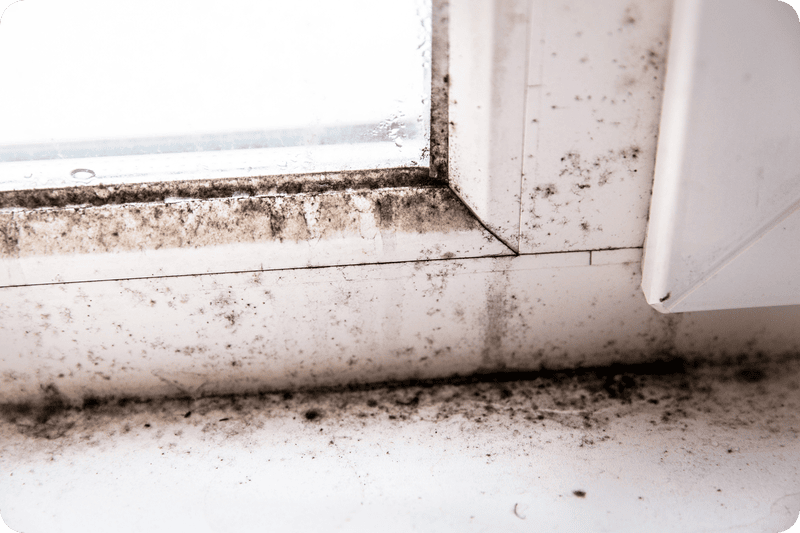 Most mold remediation, or removal, projects take between one and five days. The timeline and scope of the work depend on how much mold there is, what it’s growing on, and where it’s located.
Most mold remediation, or removal, projects take between one and five days. The timeline and scope of the work depend on how much mold there is, what it’s growing on, and where it’s located.
In particular, the cost and time it takes to remove the mold go up when the infestation is in hard-to-access areas. That’s usually behind your walls. In that case, you’re also dealing with the costs to remove and replace building materials.
Mold remediation can be disruptive and expensive. But, if your family or business are suffering from physical ailments due to exposure, it’s necessary. Not only for your health but also for your home or commercial space. Eventually, that damage can become a structural issue.
Related: Mold Toxicity And Physical Symptoms
Unfortunately, HydroKleen208 can’t help you with large-scale mold removal. Our specialty is mini split and heat pump cleanings. That’s just one small part of remediation and preventing a problem in the first place. But, it’s an important one.
Related: How Mold In Ductless Mini Splits Cause Biotoxin Illness
We’ll talk a little more about how we can prevent a mold problem from taking hold or returning in your Treasure Valley or Boise Metro home or commercial space. For now, let’s look at what to expect when you call a professional.
What Happens During Mold Remediation
A typical mold remediation job follows these steps:
- Repair Plumbing Problems
- Isolate Contaminated Areas
- Eradicate Airborne Pollutants
- Remove Infested Materials
- Dry All Wet Materials
- Clean And Disinfect Infested Areas
- Replace Or Rebuild As Necessary
The timeline and cost for your home will depend on how bad of an infestation you have. In the worst cases, remediation includes replacing wooden joists or beams that are soft and compromised from mold growing on it.
You’ll also notice that the process includes getting rid of airborne spores. We’ll touch on that more later.
Preparing For Mold Remediation
Your first step toward preparing for mold remediation is getting an air quality sampling or test. Do this before your mold removal company does an inspection, so they have more information to start with.
Next, the removal company inspects everything visible — in other words, they can’t see what’s behind the walls. But, they’ll look for signs of hidden problems.
Home Preparation
First, don’t get rid of anything before the removal begins. Moving furniture or large objects spreads spores to different parts of the house.
Next, document and take pictures of all signs of mold damage before work begins. That way, you can ensure your removal company addresses everything. And you have evidence for an insurance claim or lawsuit.
Related: Toxic Mold Legal Claims
Finally, make arrangements for your pets to stay somewhere else. In severe cases, you’ll want to leave for a few days as well.
Commercial Space Preparation
Before calling a professional, a property manager or landlord should take mold remediation steps. These involve assessing the square footage of moly areas, noting any water damage, cleaning small instances of mold growth, addressing moisture and humidity problems, and investigating any occupant complaints.
Related: Indoor Air Toxins And Their Symptoms: Boise Metro, Valley County Homes
Assign a mold remediation manager if there’s a persistent problem. And, consult a professional removal company if you’re finding signs of mold throughout the building or if it keeps coming back.
Order an air quality test before a professional mold inspection, and communicate with your employees, occupants, or tenants about any remediation steps.
Risks Of Mold Returning After Remediation
There’s always a risk of mold returning after remediation. Even if the removal company did everything right, new spores could take hold if you don’t address the conditions that caused the problem in the first place.
One of the biggest drivers of mold infestation is excess humidity in your home. Keeping the relative humidity between 30 and 50 percent at all times significantly reduces the risk of more mold.
Related: What Is The Best Temperature To Prevent Mold Growth In My Home?
Next, avoid clutter and regularly clean behind large appliances. Use exhaust fans in the bathroom and kitchen to get rid of steam and moisture.
Your HVAC system can help by dehumidifying the air and eliminating standing water. But, it can also pose a risk — especially if you have a ductless system.
Mold Buildup (And Risks) With A Ductless Mini Split System
Over the years, we’ve discovered that ductless mini splits become infested with mold and other microbial contaminants very easily. HydroKleen identified the problem more than a decade ago in countries where ductless systems have been much more common for a long time.
The problem is that, for a long time, there was no good way to clean out the air handlers and heat pumps. Even a professional HVAC company would have to take hours to disassemble everything,
Then, they’d need to scrub every component manually. That gets incredibly time-consuming once you get to the tiny ridges between each fin on a condenser coil.
But, those coils in the air handlers are prime breeding grounds. For example, here’s a picture of a dirty coil we came across:
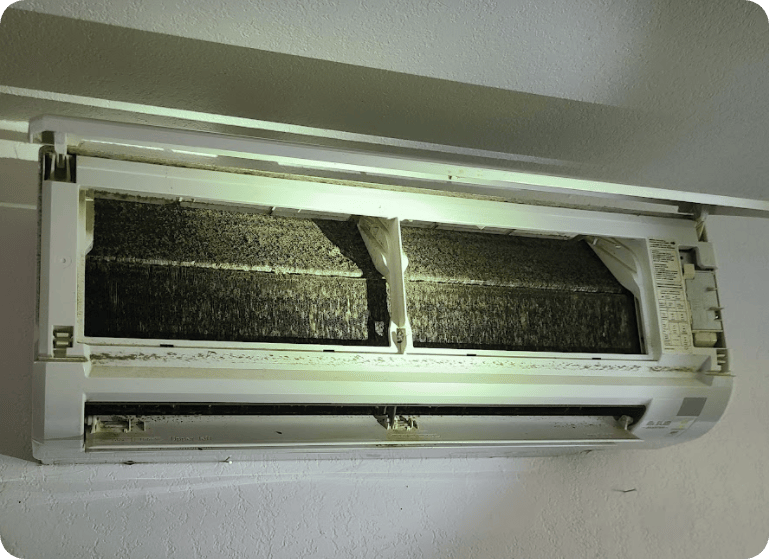
That’s why HydroKleen Global developed a unique system especially for flushing out and sanitizing mini split air handlers and heat pumps. With over a decade of ongoing R&D behind the process, our parent company has cleaned more than 1.5 million systems in 45 countries.
Related: HydroKleen’s Cleaners And Process Are 100% Environmentally-Safe
Now, HydroKleen208 brings that expertise to Boise Metro and Valley County homes and businesses. Clients immediately notice improvements to their indoor air quality and comfort. They can even see it!
Here’s another picture of a dirty coil. But this time, we cleaned half of it so you can see the difference:

Related: How Often Should A Mini Split Be Cleaned?
Mini Split Cleaning In Eagle, ID
HydroKleen208 provides fast, effective, environmentally-friendly, and non-invasive mini split cleaning in Eagle, ID and across Boise Metro and Valley County. We bring more than a decade of research and development to ensuring your ductless system stays mold-free. To learn more or schedule a cleaning, call (208) 779-5596.

 The ideal temperature range for mold to grow in your home is 77 and 86 degrees Fahrenheit. Keeping the house cooler than that prevents growth. But, temperature is only one factor in spores or other organic toxins cultivating.
The ideal temperature range for mold to grow in your home is 77 and 86 degrees Fahrenheit. Keeping the house cooler than that prevents growth. But, temperature is only one factor in spores or other organic toxins cultivating. In general, the sweet spot for relative humidity in a home is between 30 and 60. No higher than 50 is ideal. That’s the range where mold won’t grow quickly. It also makes your home less attractive to cockroaches and other insects.
In general, the sweet spot for relative humidity in a home is between 30 and 60. No higher than 50 is ideal. That’s the range where mold won’t grow quickly. It also makes your home less attractive to cockroaches and other insects.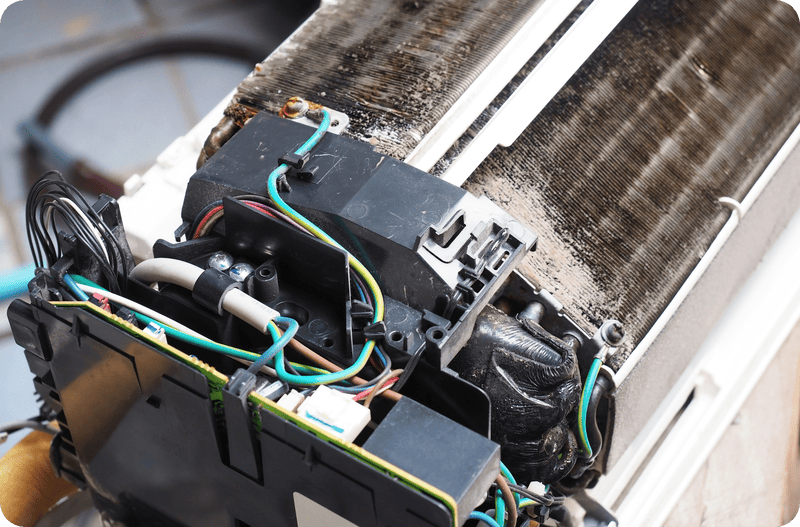 The effects of mold exposure or mold toxicity range from mild physical ailments to possibly even serious neurological issues. So, as you take steps to remove mold from your home, it’s also important to focus on healing the damage your body has taken as a result of exposure.
The effects of mold exposure or mold toxicity range from mild physical ailments to possibly even serious neurological issues. So, as you take steps to remove mold from your home, it’s also important to focus on healing the damage your body has taken as a result of exposure. Mold toxicity is challenging to identify and diagnose. You wouldn’t immediately equate the common symptoms with mold exposure. The differences between one-time exposure or an allergy are tough to distinguish. And, there are some myths about mold that confuse the issue.
Mold toxicity is challenging to identify and diagnose. You wouldn’t immediately equate the common symptoms with mold exposure. The differences between one-time exposure or an allergy are tough to distinguish. And, there are some myths about mold that confuse the issue.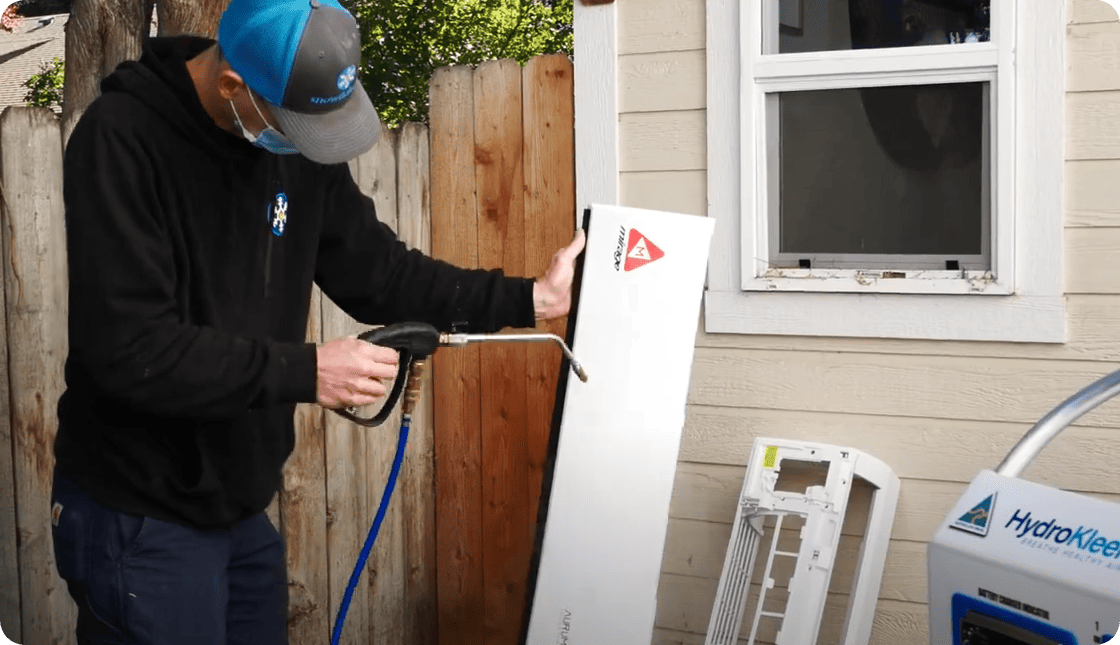 The best, and really only, way to clean mold out of a mini split is with a deep cleaning. A professional needs the right equipment and cleaners to flush out all organic and nonorganic buildup in the air handlers and heat pump.
The best, and really only, way to clean mold out of a mini split is with a deep cleaning. A professional needs the right equipment and cleaners to flush out all organic and nonorganic buildup in the air handlers and heat pump. Mini splits usually last for 15 to 20 years. But, as they get older, they won’t perform as well. You may also notice higher electric bills and more frequent repair needs. Proper care helps you get the most from your system.
Mini splits usually last for 15 to 20 years. But, as they get older, they won’t perform as well. You may also notice higher electric bills and more frequent repair needs. Proper care helps you get the most from your system.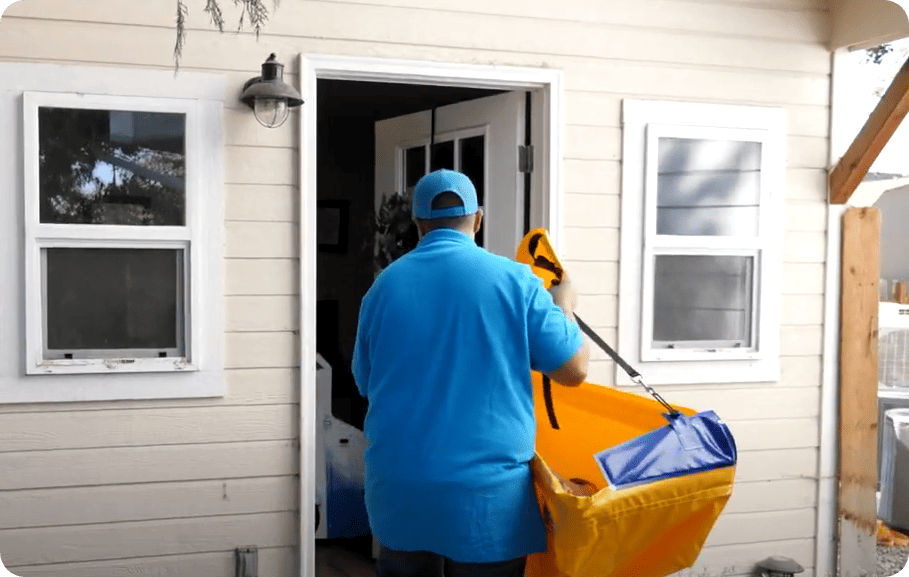 Deep cleaning for mini splits isn’t as well-known as tune-ups — at least not here in the U.S. But, this service is already essential in the many countries where ductless systems have been more common for a long time.
Deep cleaning for mini splits isn’t as well-known as tune-ups — at least not here in the U.S. But, this service is already essential in the many countries where ductless systems have been more common for a long time.